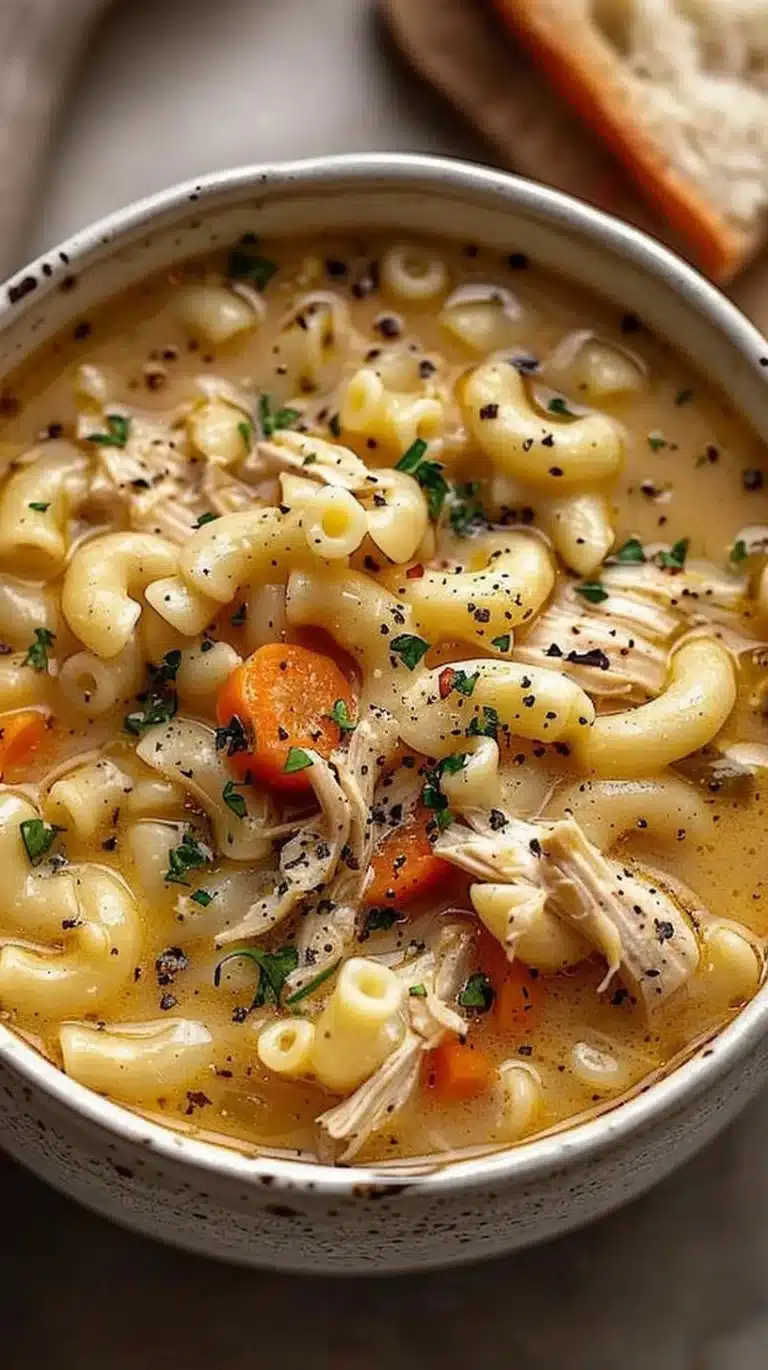Learning To Eat Real Food
Introduction: Why Real Food Matters
Eat real food : ln today’s fast-paced world, many people rely on ultra-processed foods packed with additives, sugars, and artificial ingredients. But there’s a growing movement toward eating real food — a return to natural, wholesome ingredients that nourish the body and support long-term health.
Table of Contents
Switching to a real food lifestyle doesn’t mean going on a strict diet; it means choosing foods that are as close to their natural state as possible. These choices can help improve energy, enhance well-being, and reduce the risk of chronic disease.
According to the USDA healthy eating guidelines, building a plate with whole foods like vegetables, lean proteins, and grains forms the foundation of lifelong wellness. And as emphasized by the Harvard Nutrition Source, making small changes toward unprocessed food can have a major impact on both physical and mental health.
What Is Real Food?
Real food refers to ingredients that are minimally processed, free of additives, and rich in nutrients. Unlike packaged and processed items, these foods come directly from the earth or animals without heavy industrial manipulation.
Examples of real food include:
- Fresh fruits and vegetables
- Whole grains like quinoa and oats
- Legumes such as lentils and black beans
- Nuts and seeds
- Grass-fed meats and wild-caught fish
- Dairy products without added sugars
On the other hand, foods like sugary cereals, frozen meals, and soda are considered ultra-processed — often stripped of nutritional value and filled with harmful additives.
The Benefits of Eating Real Food
Transitioning to a real food lifestyle can lead to a variety of health benefits that go beyond the scale.
Here’s how eating real food supports your well-being:
- Better nutrition: Whole foods are naturally high in vitamins, minerals, and fiber.
- Weight management: Real food tends to be more satiating, reducing overeating.
- Improved digestion: Less processed food means fewer digestive irritants and more gut-friendly fiber.
- Lower disease risk: Reduces risk of obesity, type 2 diabetes, and heart disease.
- Stable energy and mood: Balanced blood sugar levels and fewer crashes.
The Psychology Behind Food Choices
Many of our food decisions are shaped by emotional triggers, habits, and external influences. We crave convenience and instant gratification, which is why processed snacks and fast foods are so tempting.
Food marketers also exploit these tendencies by packaging products to appear healthy when they’re not. Learning to decode labels and tune into your body’s hunger signals is a crucial part of embracing a real food mindset.
How to Start Eating Real Food (Step-by-Step)
You don’t have to overhaul your diet overnight. Instead, focus on small, manageable changes that make real food the easy choice.
Practical tips to begin:
- Purge your pantry: Remove processed items like chips, soda, and boxed meals.
- Plan your meals: Choose simple recipes that center around whole ingredients.
- Shop smart: Stick to the perimeter of the grocery store where fresh foods are located.
- Read labels: Look for short ingredient lists and avoid artificial preservatives or sugars.
- Make easy swaps:
- White bread → Whole grain sourdough
- Sugary yogurt → Plain Greek yogurt with berries
- Packaged snacks → Homemade trail mix
Budgeting for Real Food
There’s a myth that eating real food is expensive, but smart planning can keep your costs in check.
Budget-friendly strategies:
- Buy seasonal produce: It’s cheaper and fresher.
- Purchase in bulk: Grains, legumes, and nuts have a long shelf life.
- Use the freezer: Freeze leftovers and bulk-cooked meals.
- Cook at home: Save money compared to eating out.
Cooking Real Food at Home
The kitchen is your best tool for making real food a habit. You don’t need to be a gourmet chef to make delicious, nourishing meals.
Start with simple recipes:
- Stir-fries with fresh veggies and rice
- One-pan roasted chicken and vegetables
- Overnight oats with fruit and seeds
- Soups made with beans, herbs, and bone broth
Learn basic techniques:
- Roasting, steaming, and sautéing
- Making homemade sauces and dressings
- Using herbs and spices to enhance flavor
Cooking gives you control over ingredients and helps you reconnect with what you’re eating.

Overcoming Common Challenges
Like any lifestyle change, switching to real food comes with obstacles. But with preparation, these challenges can be managed.
Common hurdles and solutions:
- Time: Use meal prepping and batch cooking to save time during the week.
- Cravings: Keep healthy snacks like fruit, nuts, and hummus readily available.
- Family preferences: Gradually introduce changes with familiar meals and involve kids in cooking.
- Eating out: Choose restaurants with customizable, whole-food options or ask for modifications.
Real Food for Different Diets
Whether you’re vegan, gluten-free, or low-carb, you can still follow real food principles. The key is focusing on unprocessed, nutrient-rich ingredients suited to your needs.
Examples:
- Vegetarian: Lentils, tofu, eggs, vegetables, and quinoa
- Vegan: Legumes, nuts, seeds, whole grains, leafy greens
- Gluten-free: Brown rice, millet, potatoes, corn, and naturally gluten-free proteins
- Keto: Avocados, grass-fed meats, leafy greens, and healthy fats like olive oil
Sustainability and Ethical Eating
Eating real food also supports sustainable agriculture and reduces environmental impact. Choosing organic, local, and seasonal products contributes to a healthier planet.
How to eat more sustainably:
- Shop at farmers markets
- Choose pasture-raised or grass-fed animal products
- Reduce food waste through better meal planning
- Compost scraps or support zero-waste programs
FAQs
What is considered real food?
Real food is food in its natural state — whole, unprocessed, and free from synthetic additives or refined ingredients.
How do I transition from processed to real food?
Start small by replacing packaged snacks and sugary drinks with whole food alternatives. Gradually clean out your pantry and cook more meals at home.
Is real food better for weight loss?
Yes, real food is often lower in calories, higher in fiber, and more satisfying, which can support healthy weight management.
What are examples of real food snacks?
- Fresh fruit
- Nuts and seeds
- Hard-boiled eggs
- Homemade energy bites
- Sliced veggies with guacamole or hummus
How can kids learn to eat real food?
Get them involved in shopping and cooking. Offer colorful, tasty options and model healthy eating habits.
Conclusion and Final Tips
Learning to eat real food is a journey, not a destination. You don’t need to be perfect — just consistent and intentional.
Final takeaways:
- Choose foods with simple, recognizable ingredients
- Cook at home more often
- Focus on balance, not restriction
- Be patient with yourself and enjoy the process






